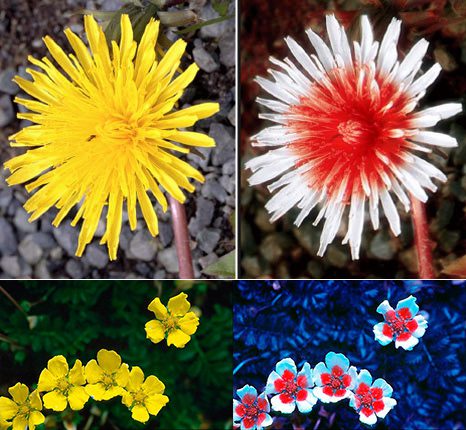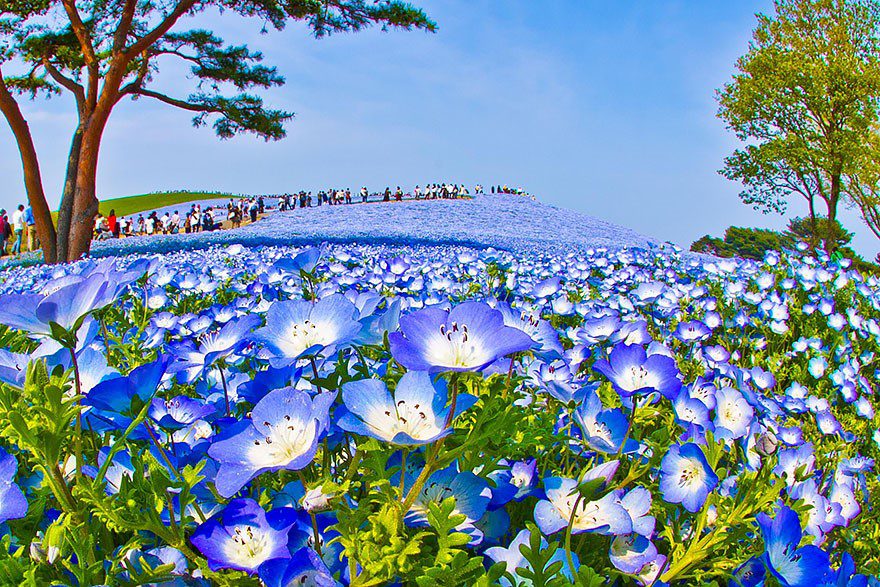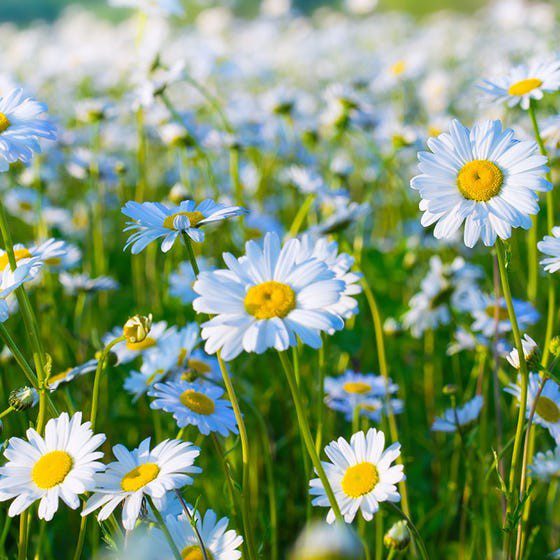What are the Best Flowers for Mason Bees and Butterflies?
You cannot and shouldn’t answer this question by naming a flower variety. First, we should define what Mason bees and Leafcutter bees need in a flower. Mason Bees and Leafcutter Bees need the following:
- Flowers that Mason bees and Leafcutter bees can see!
- Flowers that have a scent.
- Mason Bees especially need an early-blooming variety.
- Mason bees and Leafcutter bees need a flower variety that blooms for a month or more.
- Mason Bees and Leafcutter bees need a flower with copious amounts of pollen AND nectar.
- Flowers that have an open design.
- And why not a flower that is edible by man.
Now that we have the criteria, let define these guidelines and then match up some flowers that meet the standards of the Mason bees and the Leafcutter bees.
Flowers that Mason bees and Leafcutter bees can see!
Mason bees and Leafcutter bee see flowers much differently than we do. If anything, to bees, they are more beautiful.
Vision is important to mason bees, essential to help the bees find flowers at a distance.
Humans see light in wavelengths from approximately 390 to 750 nanometers (nm). These wavelengths represent the range of colors we can see. Bees, see from approximately 300 to 650 nm. That means they can’t see the color red, but they can see in the ultraviolet spectrum (which humans cannot). Bees can also easily distinguish between dark and light – making them very good at seeing edges.
Flowers have distinctive ultraviolet color patterns that are invisible to the human eye but are incredibly eye-catching to mason bees.
These ultraviolet patterns often outline “ landing zones” for the mason bees, pointing them towards the part of the plant containing nectar and pollen.

A flower that has a scent.
Many modern hybrid flowers have no scent. Take the hybrid rose, lovely, exquisite almost beyond measure, but put one under your nose and you smell no fragrance. A heritage rose, on the other hand, a lovely bouquet.
Mason bees and Leafcutter bees use ultraviolet vision to find the flower from a distance and then smell to locate the nectar and pollen.
Mason Bees especially need an early-blooming flower variety
Mason bees need early blooming flowers, as they are active in March, when very little is blooming, through April, and May. Most modern hybrid-flowers bloom mid-April to late-May, six weeks too late for your mason Bees. Leafcutter bees need flowers that are still blooming in August.
Mason bees and Leafcutter bees need a flower variety that blooms for a month or more.
That eliminates most modern flower varieties, except maybe pansies and pansies, are of no use – they either have no pollen and what little nectar there is bees can’t access it. Pansies have been selectively bred for beauty, this has lengthened their nectar tubes so mason bees and leafcutter bees, all bees actually, can no longer reach this food source.
On the other hand, there are wildflower varieties that have co-evolved with native bees, like the mason bee, and bloom for months.
If you’re like most Mason bee and leafcutter bee enthusiasts you release your bees incrementally, half your cocoons at the beginning of the season and the other half two weeks later. So the flowers that feed your mason bees and leafcutter bees need to last from 8-10 weeks. You can do a couple of planting two weeks apart.
Mason Bees and Leafcutter bees need a flower with copious amounts of pollen AND nectar.
Your mason bees and leafcutter bees need a plentiful amount of pollen and nectar throughout their life span which is from 6-8 weeks. Even in wildflowers, different flowers have differing amounts of nectar and pollen. Some like the California poppy has pollen but no nectar.
I have search out which variety of wildflowers have copious amounts of both, they are a feast to the eyes and a feast for the bees.
Also, they must produce enough blossoms to feed lots of mason bees, a single tulip just doesn’t cut it. A California wildflower (Nemophila menziesii) commonly called “baby blue eyes” has 10 million flowers per acre.

Flowers that have an open design.
Open, basin-shaped flowers are especially attractive to mason bees and leafcutter bees. These types of blossoms are rich in pollen and nectar and they offer easy access.
A good example is the Ox-eye Daisy.

And why not a flower that is edible by man.
If you are going to grow flowers why not a flower that can be added to your salad for a bit of splash.
Or if we’re all kegged up at home because of Coronavirus what wrong with being able to go out in our garden and grab something to eat or a flower that has medical properties.
Wild Mustard is a great example, every bit of the plant is edible and you can make a mustard poultice if your little one is sick with a chest cold.
Each flower we list, we provide a complete description including how to use it in your kitchen and medicine cabinet.

